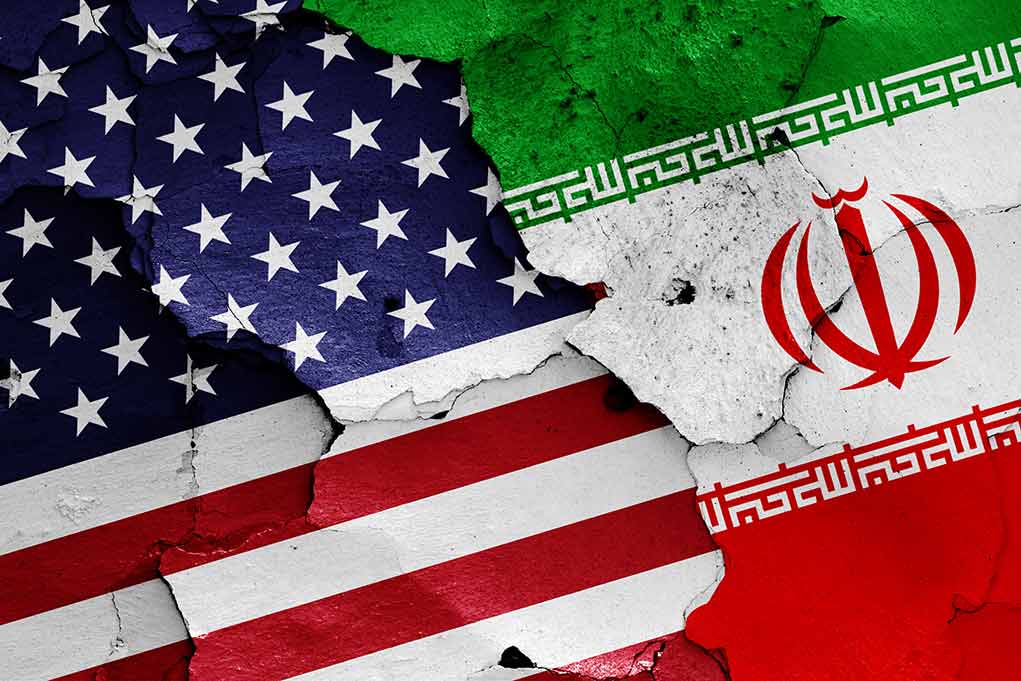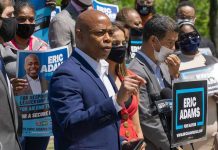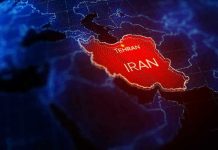
Iran’s Revolutionary Guard has emphatically underlined military strength as U.S.-Iran nuclear talks gain momentum, leaving a speculative gaze on future diplomacy.
Key Takeaways
- The Iranian Revolutionary Guard declared military capabilities as red lines in U.S. talks.
- Upcoming U.S.-Iran talks scheduled in Muscat after Oman discussions.
- U.S. President Trump reinstated the “maximum pressure” policy on Iran.
- Iran insists on the peaceful nature of its nuclear program.
Iran Stands Firm
Iran’s Islamic Revolutionary Guard Corps (IRGC) has asserted its non-negotiable stance on preserving Iran’s military power during nuclear negotiations with the United States. The Guards’ proclamation comes with a stern reminder that military capabilities are an untouchable “red line.” IRGC spokesperson Ali Mohammad Naini emphasized, “National security and defense and military power are among the red lines of the Islamic Republic of Iran, which cannot be discussed or negotiated under any circumstances.”
The backdrop of these negotiations is heightened by U.S. President Trump’s reimplementation of the “maximum pressure” strategy, which has consistently attempted to rein in Iran’s influence and nuclear aspirations. Trump’s administration has been steadfast in its approach, focusing on comprehensive verification measures concerning Iran’s nuclear enrichment and armament programs.
Iran’s Islamic Revolutionary Guard Corps (IRGC) said Tuesday that the country’s military capabilities are non-negotiable, ahead of a second round of indirect nuclear talks with the US.
Spokesman Ali Mohammad Naini stated that national defense is a red line for Tehran and will… pic.twitter.com/07OXPSCosM
— The Cradle (@TheCradleMedia) April 15, 2025
Strategic Deliberations
Iran and the US are gearing up for another diplomatic rendezvous in Muscat following high-level talks in Oman. These high-level engagements are the most significant since the failure of the 2015 nuclear deal. The original accord had promised Iran relief from economic sanctions in return for limitations on its nuclear activities.
“We shouldn’t be overly optimistic about this dialogue, nor overly pessimistic. The first steps have been taken well and executed properly. From here on, the process should be followed carefully. The red lines are clear — both for the other side and for us. We may or may not reach a result, but either way, it’s worth pursuing, asserted Ayatollah Ali Khamenei.
Iran’s insistence on adhering to peaceful nuclear technology continues to be a major talking point. At the same time, the presence of two U.S. aircraft carriers in Middle Eastern waters serves as a constant reminder of geopolitical tensions.
Tactical Movements
While discussions unfold, the United States underscores its naval presence in the Arabian Sea, with the USS Carl Vinson joining forces with the USS Harry S. Truman. These carriers aim to exert pressure on Iranian strategies by combating Tehran-backed Houthi factions in Yemen.
“This is going to be much about verification on the enrichment program, and then ultimately verification on weaponization,” said Steve Witkoff, US Special Envoy to the Middle East.
The regional influence Iran holds, backed by its missile capabilities and support to militant organizations, remains another non-negotiable facet for Tehran’s policymakers, despite the varying diplomatic pressures from global counterparts.











